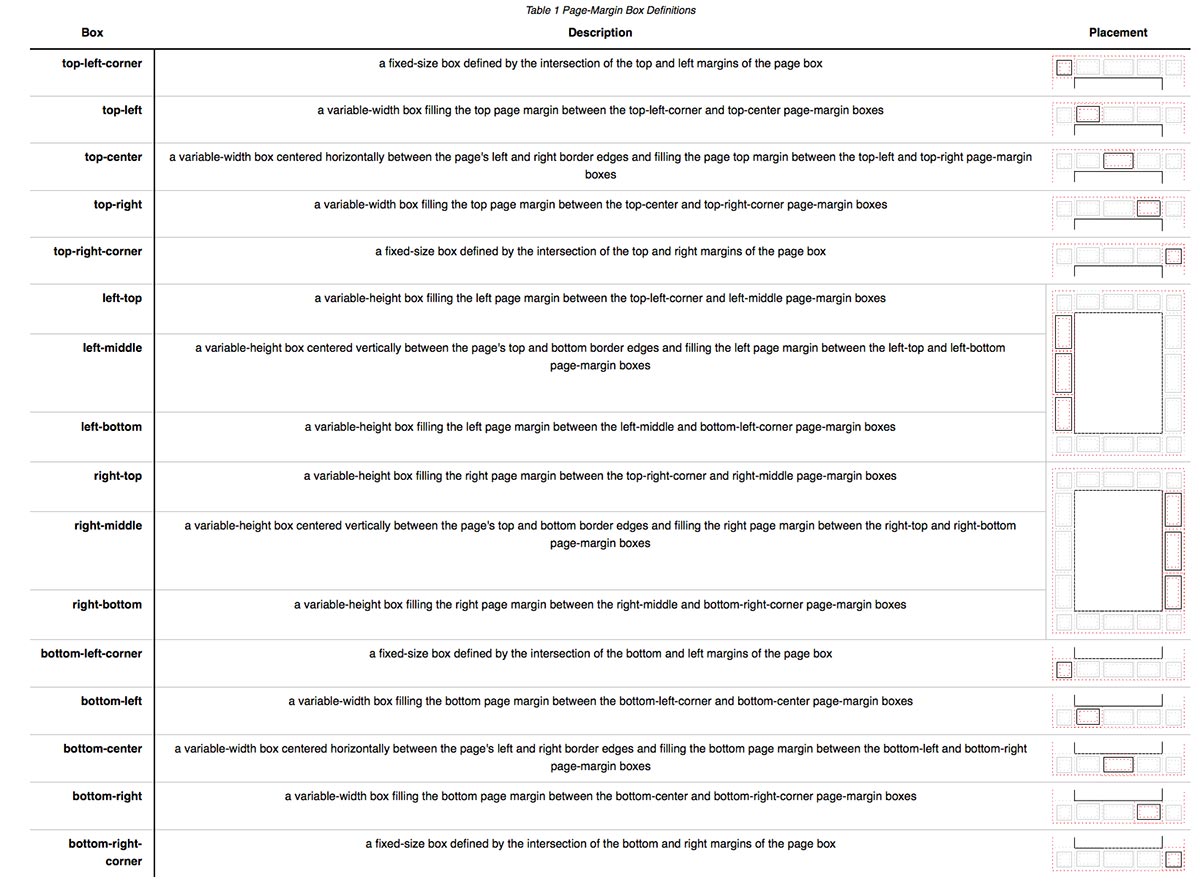

You don't need an entirely new paragraph for each line in an address! A simple, and narrower, line break will do. This is true especially for addresses and poems. You'll want less space between each line: Less space between two different lines Sometimes, you don't want that extra space, though. See the space between "Line 1" and "Line 2" in the following image? That space is added automatically to the HTML element (by CSS): Default line space that appears between paragraphs They also have spacing above and below them. Paragraphs are block-level elements, meaning they take up the width of their containing element by default. This is what we'll cover in this chapter. The line separating Manhattan listings from Brooklyn listings Let's say you want to code an article about New York's best coffeeshops by borough, and you want it to be structured as follows: Web article about New York's coffeeshops You can use line breaks or horizontal rules (i.e., lines) to do so! There are easy ways to break up the structure of your page in order to separate themes or ideas without creating classes or ids.

See below image.With classes and ids, we saw that it's possible to customize the appearance of certain elements. But I have a chart in the image, it is not working for that, it is getting cut off while the page is splitted in pages. This works for me where the tables are present. Var imgHeight = canvas.height * imgWidth / canvas.width ĭoc.addImage(imgData, 'PNG', 0, position, imgWidth, imgHeight) if you can find an official number from jsPDF, use them. It still creates a little overlap part between the pages, but good enough for me. I copy the solution here: // suppose your picture is already in a canvas var imgData = canvas.toDataURL('image/png') /* Here are the numbers (paper width and height) that I found to work. Pdf.addHtml doesnot work if there are svg images on the web page.

I know its very late to add the comment now.īut if any 1 comes across this issue can use the following.


 0 kommentar(er)
0 kommentar(er)
